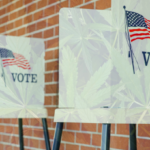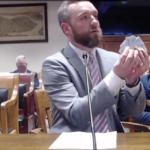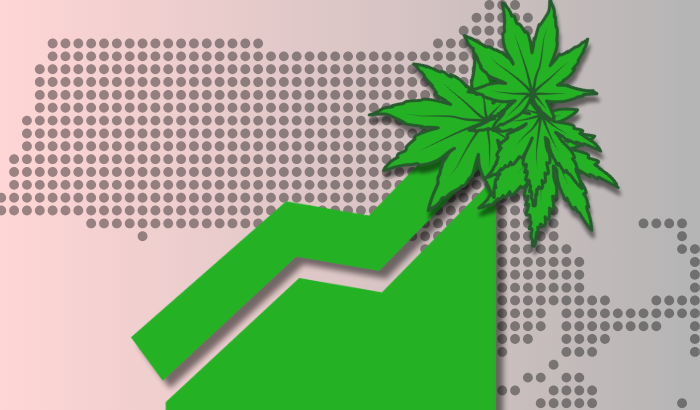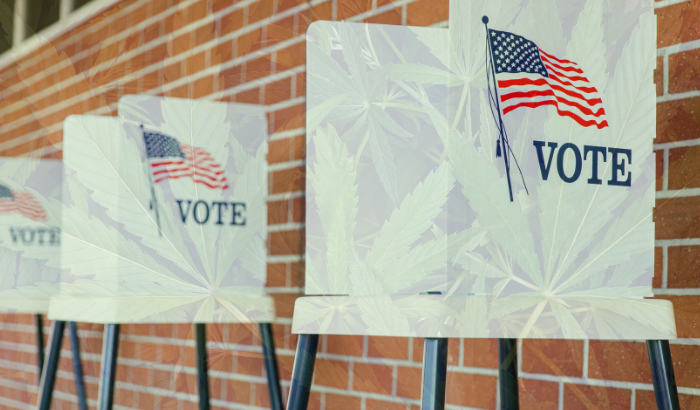
Guest Opinion: These latest surveys are far from the only evidence that fewer teens are experimenting with cannabis
Those wedded to the status quo of cannabis criminalization have long warned that legalizing the marijuana market will result in increased adolescent use. But 10 years following the first states’ decisions to legalize and regulate adult-use cannabis sales, data conclusively shows that this fear was unfounded.
In recent days, federal researchers have released a pair of surveys confirming that teen marijuana use has declined sharply over the last decade — during the same time which nearly half of all U.S. states have moved to legalize the substance.
According to data provided by the U.S. Department of Health and Human Service’s latest National Survey on Drug Use and Health, the percentage of those ages 12 to 17 who reported having ever tried marijuana fell 18 percent from 2014 to 2023. Those reporting having consumed cannabis during the last year fell by 15 percent. The number of teens reporting current marijuana use fell by 19 percent.
Similarly, data provided by the Centers for Disease Control and Prevention’s Youth Risk Behavioral Survey finds that the percentage of high schoolers nationally who identify as current consumers of cannabis fell by 26 percent between 2013 and 2023.
And these latest surveys are far from the only evidence that fewer teens are experimenting with cannabis. According to the findings of a 2020 study published in the Journal of Adolescent Health, the adoption of state-level legalization laws “predicted a small significant decline in the level of marijuana use among [youth] users.”
Another study published in JAMA Pediatrics similarly concluded: “Marijuana use among youth may actually decline after legalization for recreational purposes,” since “it is more difficult for teenagers to obtain marijuana as drug dealers are replaced by licensed dispensaries that require proof of age.”
In fact, data from California, Colorado, Nevada and other legal states affirms that licensed cannabis retailers seldom if ever sell marijuana products to customers who lack proper ID.
For example, a study recently published in the Journal of Safety Research reported that in California, where the adult-use market has been legally regulated since 2016, ‘There was 100 percent compliance with the ID policy to keep underage patrons from purchasing marijuana directly from licensed outlets.’
In short, states’ real-world experience with marijuana legalization proves that these policies can be implemented in a manner that provides regulated access for adults while simultaneously limiting youth access and misuse.
That’s one of the many of the reasons why public support for adult-use cannabis legalization has risen dramatically over the past decade and remains at record highs. In states like California and Colorado, more voters back legalization now than when the laws were initially enacted. That’s because these policies work largely as politicians and voters intended — and because they are preferable to marijuana prohibition.
Ultimately, common sense regulations allowing for the legal, licensed commercial production and sale of cannabis best address adult consumers’ demand while keeping marijuana products largely out of the hands of young people.
By contrast, the continued criminalization of cannabis only compounds the public safety risks that the unregulated marketplace poses to young people and others.
This op-ed was originally published in The Hill and was republished via NORML. Additional information is available from the NORML Fact Sheet, ‘Marijuana Regulation and Teen Use Rates.’























